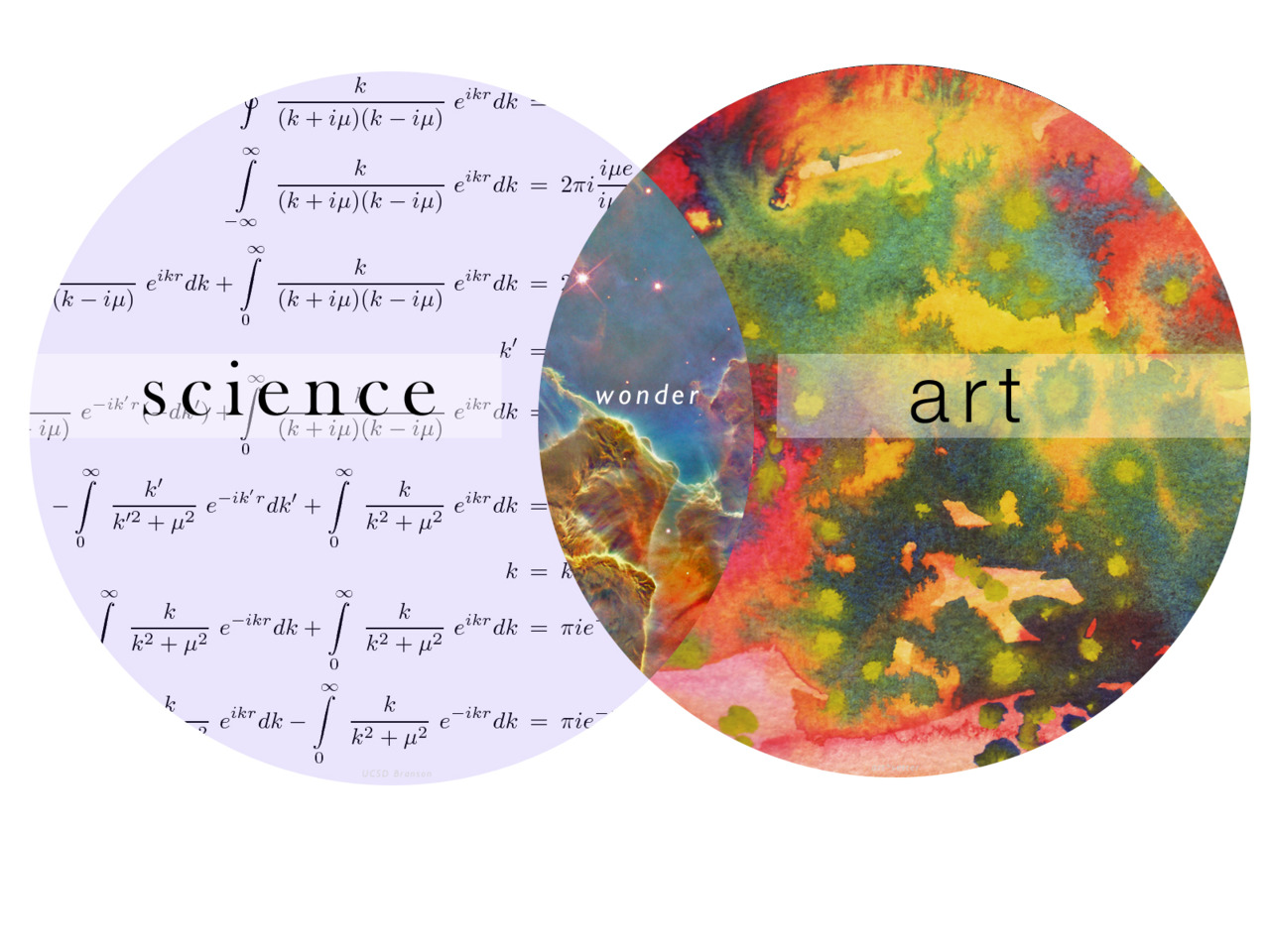Stop telling arts students that they are less employable than scientists and that their subject is less important. There is no contest, top thinkers in all fields have one thing in common: creative thinking. This is what leads to new ideas and innovative inventions and it should be nurtured in all disciplines. No one can foresee where the greatest future progress will come from.
Time has shown that artists and scientists have contributed to advancement in equal measure. Think of some of the most influential people in history: Aristotle, Albert Einstein, Mary Wollstonecraft, William Shakespeare, Leonardo Da Vinci and Marie Curie, to name but a few. These individuals have used art, humanities, science and maths to revolutionise society in lasting ways.
However, STEM subjects are currently being favoured at the expense of the arts. Creative subjects are being squeezed out of secondary school education, with art, music, drama and design technology suffering the most. According to a Warwick University report, there has been a substantial drop in the number of state schools offering arts subjects taught by specialist teachers, shutting off creative opportunities to young people. This is especially detrimental for children from disadvantaged backgrounds who are less able to enjoy extra-curricular activities. This runs the risk of starving our society of the next generation of great creative people, and prevents us from facing 21st-century challenges using a vital interdisciplinary perspective.
Take the environment, for example: the natural sciences have an obvious role to play with awe-inspiring inventions from hydroelectric power to a high tech sieve that makes ocean water drinkable. The role of the arts and humanities may be less clear, but it is equally vital in combating climate change. Without fine artists and graphic designers, how will environmentally friendly products be marketed? Without filmmakers, writers, and photographers, how will the worldwide population be inspired to save the environment? Without writers, how will the latest research be transferred to the general public? It is precisely the role of artists to bring an end to environmental apathy, to educate people on environmental issues and to combat moral and ethical challenges along the way.
A recent study conducted at Columbia University School of Medicine and the Weill Cornell Medical College, New York City, has shown that the arts may not be so removed from the sciences as we often think. The study tested the reflective ability, tolerance for ambiguity and personal bias awareness of 47 medical students from 2014 to 2017. They were enrolled in an annual 6-week art course called “Observation and Uncertainty in Arts and Medicine”, run by New York-based artist, Anna Willieme, which covered different themes each week, from ‘point of view’ to ’emotion’ to ‘self-awareness’.
In ‘point of view’ week, the student’s task was to sketch Constantin Brâncuși’s abstract sculpture, Bird In Space (1923). Every two minutes, they got up and moved onto the next person’s sketchbook, and then carried on the drawing. “First of all, they’re discovering the complexity as they look at the piece a little longer, but as they are leaving their own sketchbooks for the next person to pick up, they also see how someone else has been seeing things,” explained Willieme.
Results found that the students’ ability to see alternative points of view increased the most, but so did their tolerance for ambiguity and their personal bias awareness. Students reported that the course helped them to pick up on details, to describe things more articulately and to understand how their own emotions could colour their observations. In recognising their own subjectivity, students were better prepared for facing ambiguity in medicine.
Crucially, this study demonstrated that visual observation, a skill central to the medical practice, can be developed and refined – and looking at art is one way of doing this. Moreover, art classes offered medical students an opportunity for self-care – it was a “sanctuary” for those undergoing high levels of stress. This study demonstrates just one way that art can work alongside science, greatly benefiting a discipline that may seem distant from the art world. Comparing and ranking subjects cannot and should not be done – it just doesn’t make sense! Subjects contribute to our society in their own way, from enabling us to see in the dark to provide us with evening entertainment.
We should be respecting each subject for what it brings to those who study it, and what they, in turn, bring to society. We should be turning towards a more interdisciplinary approach, recognising that life is complicated, topics interweave and most things don’t fit rigidly into a subject bracket. We should be opening up our minds to interdisciplinary study, recognising that our brains flit between disciplines and so does life.
Connie Dimsdale
Image courtesy of The University Times

